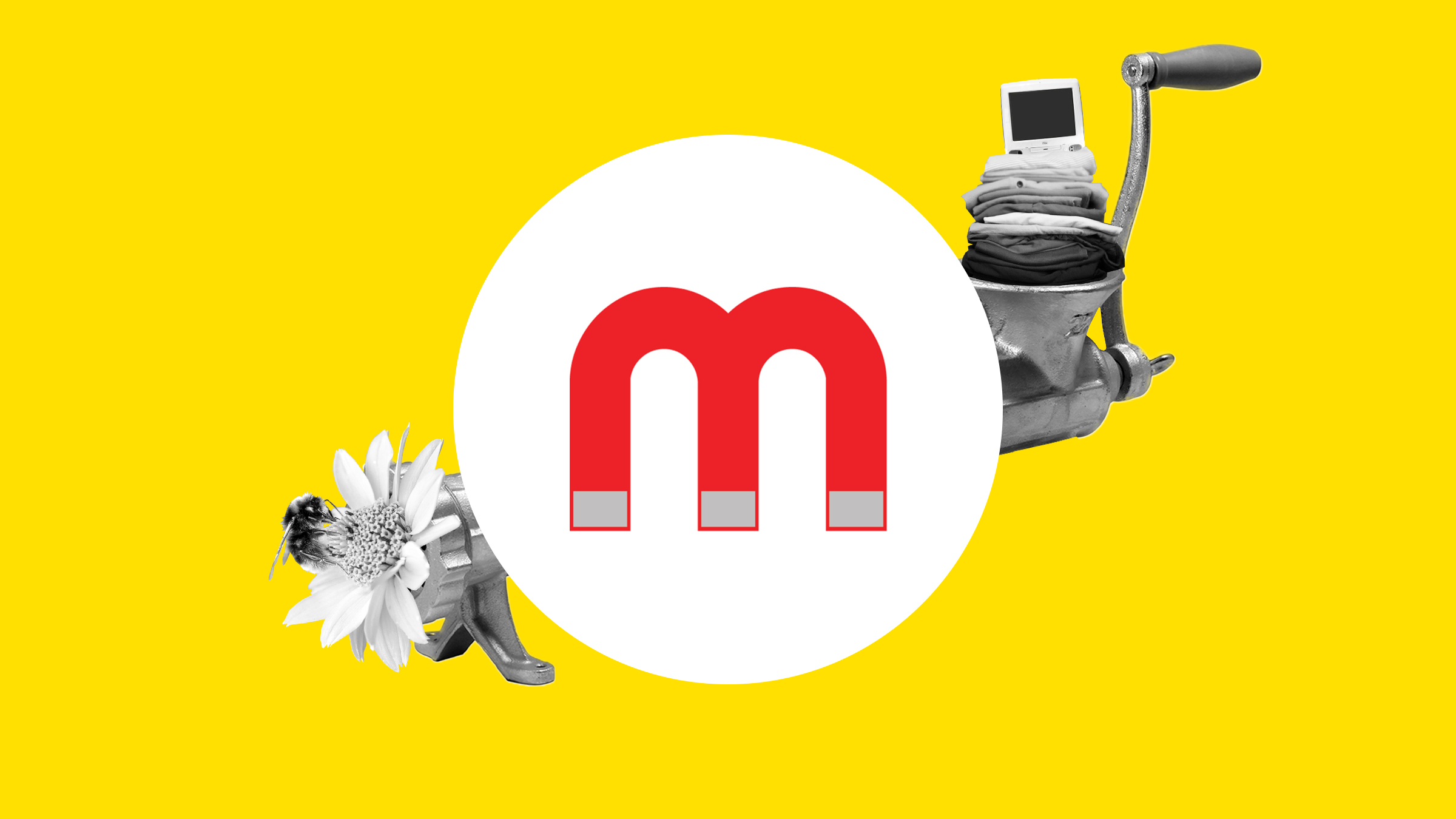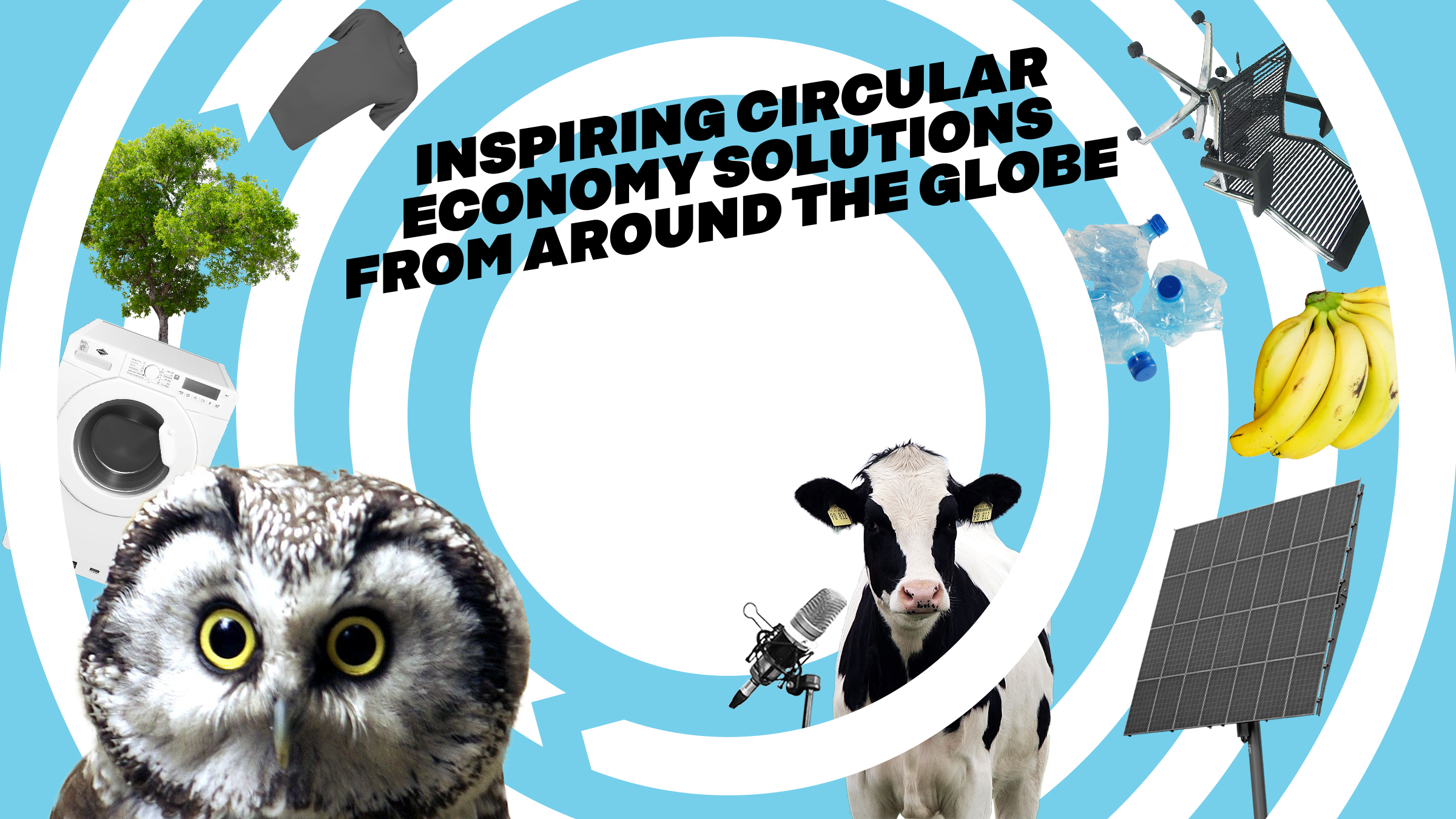Magnomer’s Design2Recycle solution uses magnetic ink to eliminate a crucial obstacle to recycling plastic consumer packaging. The solution has already been piloted by brands like PepsiCo and American Fuji Seal.
The EU Single Use Plastic guidelines call for a minimum level of recycled plastic in packaging such as PET bottles. Similar regulation is coming in the US. Magnomer’s ink technology allows consumer brands to design their packaging to meet these goals.
Problem
Currently, 6 per cent of plastic bottles are recycled back into bottles. Packaging design elements hinder recycling as they cannot be separated from the plastic bottles they cover. This can make the whole bottle impossible to process or result in very poor-quality recycled plastic. Consumer brands face new regulations and consumer backlash and need plastic packaging recycling solutions that are compatible with their existing supply chains.
Solution
As part of the industrial recycling process, packaging is ground into small flakes that can be melted down for further processing. Without Magnomer’s magnetisable ink, the ground labels would cause impurities in the plastic flakes, making recycling much more difficult and inefficient.
With Magnomer’s magnetisable ink, the labels can be removed using existing magnets, leaving only the pure packaging flakes. Magnomer’s technology can be applied to a variety of resins and package types and can be integrated easily with existing printing processes.
Design2Recycle contributes towards closing the loop for plastics. They provide unique value to consumer brands and packaging manufacturers, ultimately enabling them to increase recycled content in packaging and offer consumers more sustainable products.
Magnomer’s drop-in design lowers the threshold for switching for their clients, thus helping different supply chains in circular transition. With the solution, organisations can also meet and exceed regulatory requirements in the EU and US.
Environmental impact
Virgin plastic production generates carbon emissions and toxins, as does their incineration at the end of their life. If used plastic packaging ends up in the environment, it degrades ecosystems both on land and in water which has adverse effects on wildlife and biodiversity. With Design2Recycle, these adverse environmental impacts of the plastic industry can be mitigated.
Social impact
The solution contributes towards increased consumer plastic recycling which has a positive impact on local communities mainly through its environmental impacts: reducing plastic litter can be vital for the livelihoods, health and happiness of these communities.


Inspired?
Check out all the solutions.